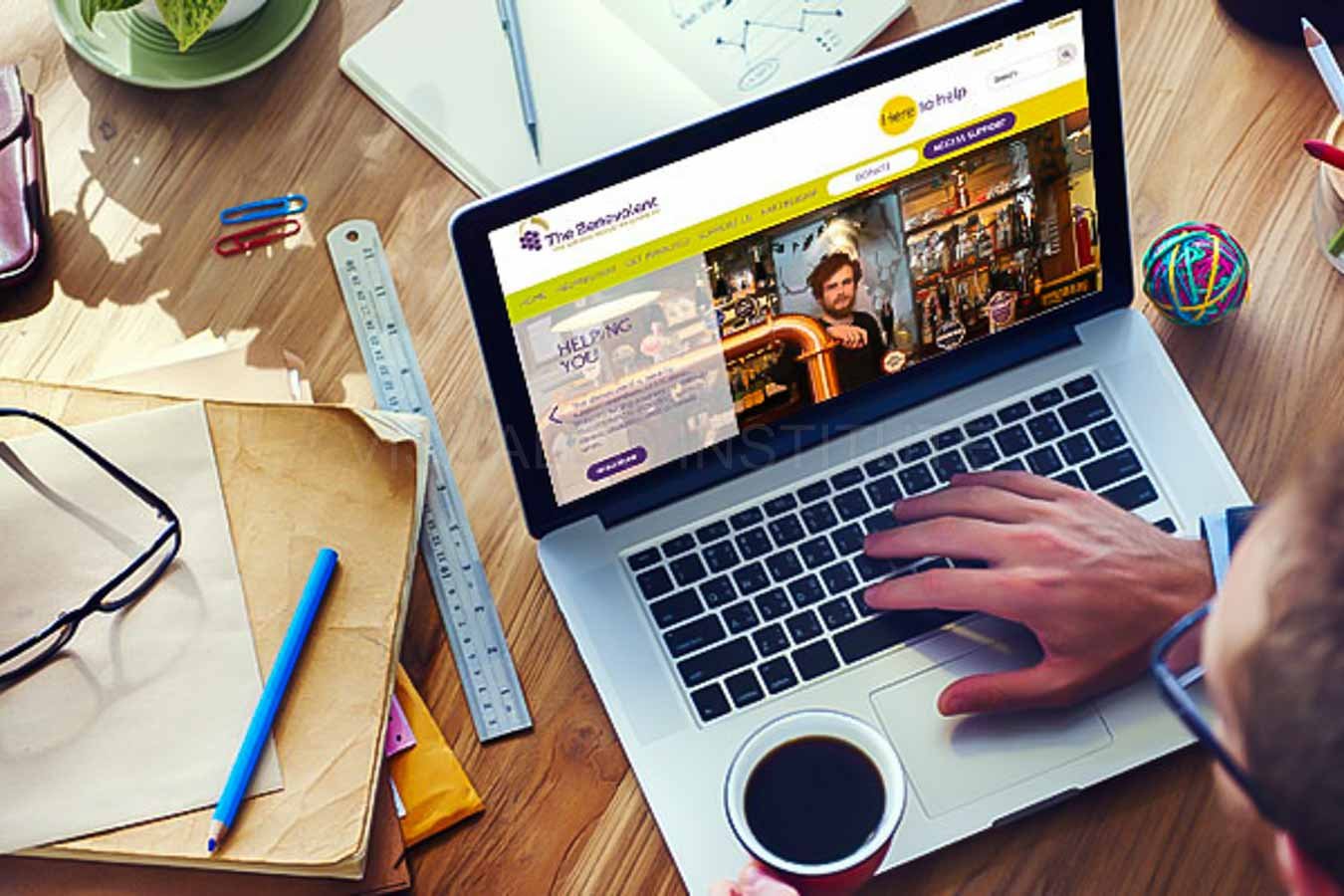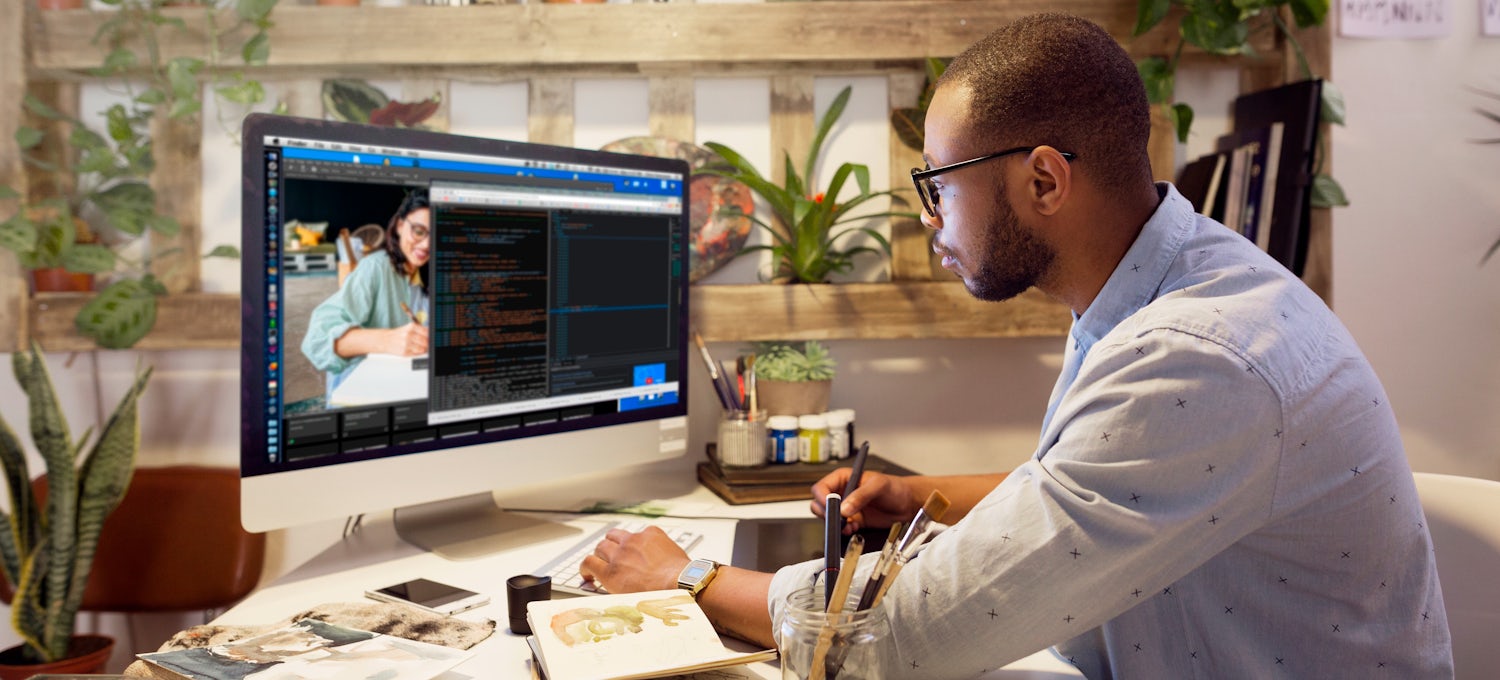Aligned Position Web Design: Expert Web Design Strategies for Achieving Business Goals Online
The Ideal Sorts Of Website Design to Boost User Experience and Involvement
In the ever-evolving landscape of electronic communication, the performance of Web layout dramatically impacts user experience and engagement. Various design approaches, such as minimalist, responsive, and interactive layouts, each offer unique benefits that can provide to varied customer requirements.
Minimalist Website Design
As digital landscapes become progressively chaotic, minimalist website design has become an effective method to improving individual experience. This design viewpoint prioritizes simpleness, concentrating on necessary components while getting rid of unnecessary interruptions. By utilizing enough white room, uncomplicated navigation, and a limited color scheme, minimal design fosters quality and guides user focus to vital material.
The core principle of minimal website design is to develop a seamless interaction for customers. By minimizing cognitive load, customers can quickly understand details without feeling overwhelmed. This straight method not just enhances usability however also urges interaction, as site visitors are most likely to check out a site that is easy and aesthetically appealing to browse.
Additionally, minimal style frequently stresses typography and imagery, making use of these elements purposefully to convey messages successfully. This concentrate on necessary components can improve brand name identity and produce a memorable individual experience. Fundamentally, minimalist Web layout is not simply a fad; it is a thoughtful method that recognizes the relevance of user-centered design. By removing away supplementary elements, designers can develop a more appealing, reliable, and enjoyable Web experience for all individuals.
Responsive Web Layout
In today's varied electronic environment, responsive website design has ended up being necessary for developing a smooth customer experience throughout a plethora of devices. As users access websites on smartphones, laptops, desktops, and tablets, the ability of a site to adapt its layout and web content to various display sizes and resolutions is important.
Responsive website design uses versatile grids, pictures, and CSS media queries to ensure that Web material exists optimally, no matter the tool utilized. This technique not just enhances the aesthetic allure of a site but additionally considerably enhances use. Users are more probable to involve with a site that provides a consistent experience, as it eliminates the frustration of needing to zoom in or scroll excessively.
In addition, online search engine, including Google, focus on mobile-friendly sites in search rankings. By embracing responsive layout, companies can boost their exposure and reach a wider audience. This method also streamlines website upkeep, as a single variation of the site can deal with all tools, minimizing the need for several variations. In summary, receptive Web style is a fundamental method that boosts user experience, involvement, and overall fulfillment.
Interactive Web Design
Responsive Web layout prepares for enhancing individual experience, yet interactive website design takes this a step additionally by involving users in a more vibrant means - Aligned Position Web Design. By incorporating elements such as animations, clickable models, and real-time responses, interactive website design mesmerizes customers, attracting them into a richer browsing experience
This method not only promotes involvement yet additionally encourages users to explore content actively instead of passively eating it. Strategies such as gamification, where customers gain incentives for finishing jobs, can significantly enhance the time invested in a site and improve total satisfaction. Interactive functions can simplify complicated information, making it more digestible and delightful.

Including interactive design aspects can additionally lead to higher conversion prices, as users are most likely to involve with a site that actively entails them. Aligned Position Web Design. Inevitably, interactive website click over here now design transforms individual experiences into remarkable trips, ensuring that site visitors return time after time
Flat Design
Characterized by its minimalistic technique, level style stresses simpleness and capability, removing unneeded components and concentrating on essential features. This design philosophy prioritizes use, ensuring that customers can browse user interfaces effortlessly and performance. By using a tidy aesthetic, flat design eliminates the mess usually located in extra luxuriant designs, thus improving user emphasis on web content and performance.
The trademark of flat design hinges on its usage of strong colors, straightforward typography, and geometric forms. These aspects add to a visually enticing user interface that is both modern-day and friendly. In addition, flat design cultivates a sense of clarity, permitting individuals to discern essential activities and info without distraction.
In addition, level design is specifically efficient in responsive website design, as its simpleness equates well throughout different devices and display sizes. The lack of elaborate appearances and gradients decreases packing times, which is essential for keeping user involvement. As digital landscapes proceed to develop, level design continues to be an appropriate choice for developing straightforward internet sites that enhance total experience. By focusing on necessary functions, level design not just meets individual demands but additionally encourages seamless communication, making it an important part of effective Web design techniques.
Adaptive Website Design
Flexible website design tailors the user experience by creating multiple repaired designs tailored to different screen sizes and gadgets. Unlike receptive style, which fluidly changes a solitary design, flexible style utilizes unique designs for certain breakpoints, making certain optimum discussion on numerous systems. This technique enables developers to focus on the distinct qualities of each gadget, improving usability by delivering exactly what individuals need based on their context.
One of the key benefits of flexible Web design is its ability to maximize lots times and performance. By offering customized content and photos that fit the individual's device, websites can decrease information use and enhance loading speeds. This is specifically beneficial for customers with slower links or restricted data strategies.

Additionally, flexible design assists in an extra regular and controlled branding experience. Considering that developers create several formats, they can ensure that the visual components straighten with the brand's identity throughout various platforms - Aligned Position Web Design. This visit results in a cohesive customer experience, boosting engagement and promoting individual retention
Verdict
In conclusion, the integration of minimalist, responsive, and interactive website design concepts dramatically enhances user experience and click this site interaction. Minimalist style cultivates quality and emphasis, while receptive design ensures versatility across different gadgets, advertising availability. Interactive layout astounds customers via vibrant components, urging expedition and customization. Jointly, these layout comes close to add to the development of easy to use atmospheres that not just enhance fulfillment however likewise drive higher conversion rates, underscoring their critical importance in modern Web style methods.

Minimal layout promotes clearness and emphasis, while receptive design makes sure flexibility across various tools, advertising ease of access. Collectively, these layout comes close to contribute to the production of user-friendly settings that not just enhance fulfillment however also drive higher conversion prices, underscoring their essential value in contemporary Web layout methods.